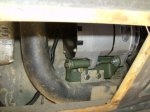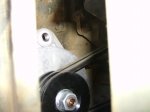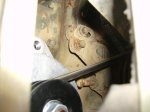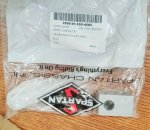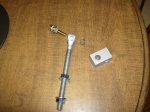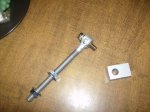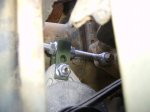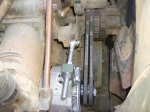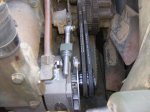The stock military alternators use a remote sense wire as the primary method of setting regulation (system) voltage. If this circuit is broken (internally, or externally [wrong shut down switch order]), there is no fail-safe. It then assumes system voltage is zero, so it drives the alternator to max output to try and get the voltage up. This is the reason so many of them over-volt. When it does, it can damage the ABS module, PCB module, and CTIS module. This is also way too much voltage for recharging the batteries, and will damage them as well. Not sure why yours times out after 5 minutes.
Other failure modes of these antiquated alternators are bad connections in the connection under the cover (like 1800's phone systems, just friction fit), regulator failure, and pulley/shaft interface failure. About 4 different yet common failure modes for these units, of which a modern compact civilian replacement resolves all of. Even the Chinese Delco clones work well. The stock ones do look cool, I wanted to keep mine just for that reason, but as soon as I had another person shut off my truck, and they used the wrong switch order, and wiped out my ABS module, I said that won't happen again, and swapped out to civilian.


